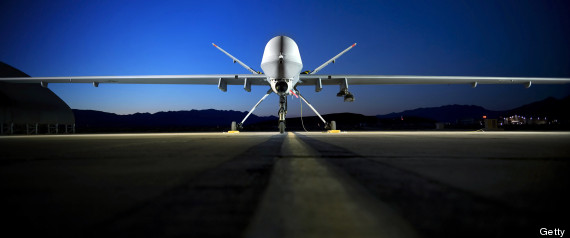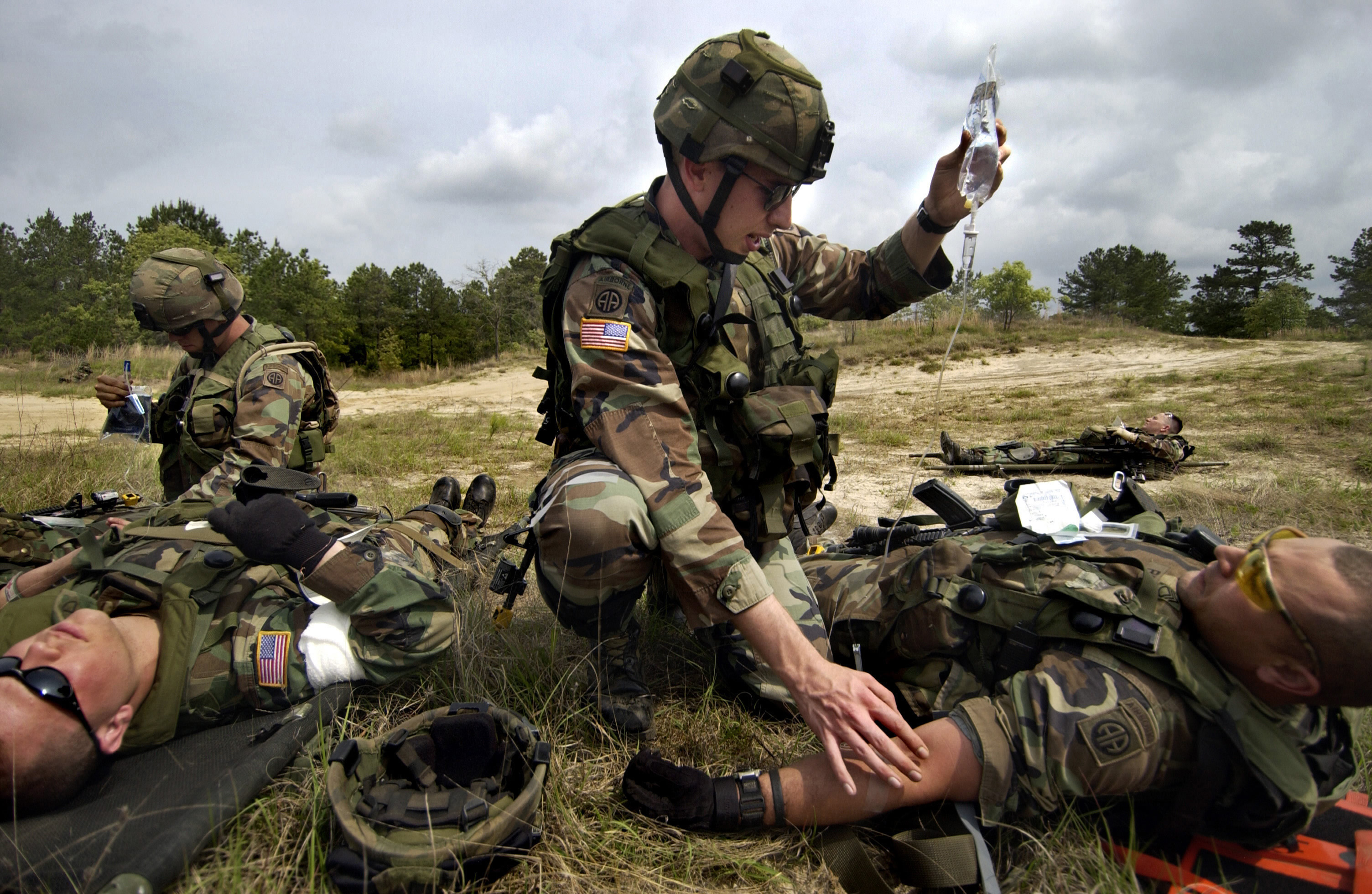The use of Unmanned Aerial Vehicles (UAVs), more commonly referred to as drones, are becoming an ever more relevant feature in the fight against terrorism. In recent years their use in the federally administered tribal areas (FATA) in Pakistan has presented us with a new, necessary capability in fighting terrorism.
Why drones do more good than harm
The use of drones is necessary for counterterrorism efforts in Pakistan. Its use is more effective, efficient and humane than the alternative methods available to the US and its allies. Pakistan’s North-western tribal areas bordering Afghanistan are frequently used by the Taliban and al Qaeda to launch attacks across the border on NATO troops, Afghan government forces and civilian targets. 
These tribal regions, known as the Federally Administered Tribal Areas (FATA) are also home to many terrorist training camps and provide a safe haven for insurgents from the Taliban and al Qaeda leaders. With the failure of the Pakistani government, intelligence agency and military forces to successfully counter this threat, it is in the Allied governments’ interests to promote stability in this region. Disorder in a nuclear-armed state could have considerable negative outcomes in the region and the wider international community.
The weakening of al Qaeda
It is clear that drone strikes are having a significant impact on al Qaeda. Not only have many of the al Qaeda leaders been killed, but the use of drone strikes and issues of safety have risen to the top of their agenda. In 2001, the number three and head of al Qaeda operations, Muhammad Atef, was killed in an attack. The Pakistani Taliban commander, Nek Muhammed, was also killed in a drone attack in 2004. In some cases the Pakistani government took credit for the attacks without letting the public know that the US had launched the attacks from Pakistani soil.
Such successful killings of top commanders, within both the Taliban and al Qaeda, gave the CIA confidence to step up its drone campaign. In 2005, this lead to the killing of both Haitham al Yemeni, a high-ranking weapons expert and the new al Qaeda number three, Abu Hamza Rabia. The death of high-ranking commanders has clearly demonstrated that the drone campaign is working. When you start tackling the top of an organisation, the whole organisation will suffer. With top commanders being killed, younger less experienced and less skilled fighters must take over which will lead to a decrease of expertise in the organisation, thus weakening it as a whole.
Due to the rapid reduction in senior commanders, there is growing insecurity and distrust amongst those still around. They have started looking for the people who they think are responsible and killing anyone who they fear to be a spy. To further complicate things they are now always wondering about who will be hit next which has led to many of them now sleeping in ditches and under trees to avoid detection. They have also stopped using mobile phones which will have a deep effect on their methods of communication.
 Not even the critics deny the success of drones against terrorists. This technology is able to go where American soldiers cannot. The Predator and Reaper drones have since 9/11 killed more than half of the 20 most wanted al Qaeda suspects, the Uzbek, Yemeni and Pakistani heads of allied groups and hundreds of militants. The civilian toll is relatively low, especially if compared with previous conflicts.
Not even the critics deny the success of drones against terrorists. This technology is able to go where American soldiers cannot. The Predator and Reaper drones have since 9/11 killed more than half of the 20 most wanted al Qaeda suspects, the Uzbek, Yemeni and Pakistani heads of allied groups and hundreds of militants. The civilian toll is relatively low, especially if compared with previous conflicts.
Never before in the history of air warfare have we been able to distinguish as well between combatants and civilians as we can with drones. Even if al Qaeda doesn’t issue uniforms, the remote pilots can carefully identify targets, and then use Hellfire missiles that cause far less damage than older bombs or missiles. Not only are they able to loiter over their target for many hours before eventually deciding to pull the trigger or not, their precision has further been improved by microchips given to Pashtu tribesmen who in exchange for cash, place them on the homes of the Taliban.
International law also allows states to kill their enemies in a conflict, and to operate in “neutral” countries if the hosts allow bombing on their territory. Pakistan and Yemen have both given their permission to the U.S., albeit quietly. Even if they had not, the U.S. would be justified in attacking enemy sanctuaries there as a matter of self-defence.’
Pakistani support for drone strikes
The use of drones in the FATA region is highly supported by many Pakistani Pashtun tribesmen who live in the region. They are happy that the Taliban under whom they have suffered for many years are now being targeted. Before the use of drone strikes in the region, it was increasingly becoming more ‘Talibanised’. With the Pakistani government seemingly having either no interest or lacking in the capability to go after the Taliban and al Qaeda in the region, they were unable to take control since the FATA region is only nominally under Pakistani governmental authority. The Taliban took advantage of this lack of control and managed to ‘carve out a state-within-a-state. Nevertheless, there is opposition in Pakistan to the use of UAVs, since it is natural for the people who are not living under the rule of the Taliban in the tribal region to be against any sort of US operations in their country.
In conclusion the use of drones within the FATA region has enabled NATO forces to identify targets previously out-of-reach, without having to send troops into Pakistan and undermining their sovereignty. They have played a large role in intelligence gathering and have weakened both the Taliban and al Qaeda and instilled instability in their plans.




